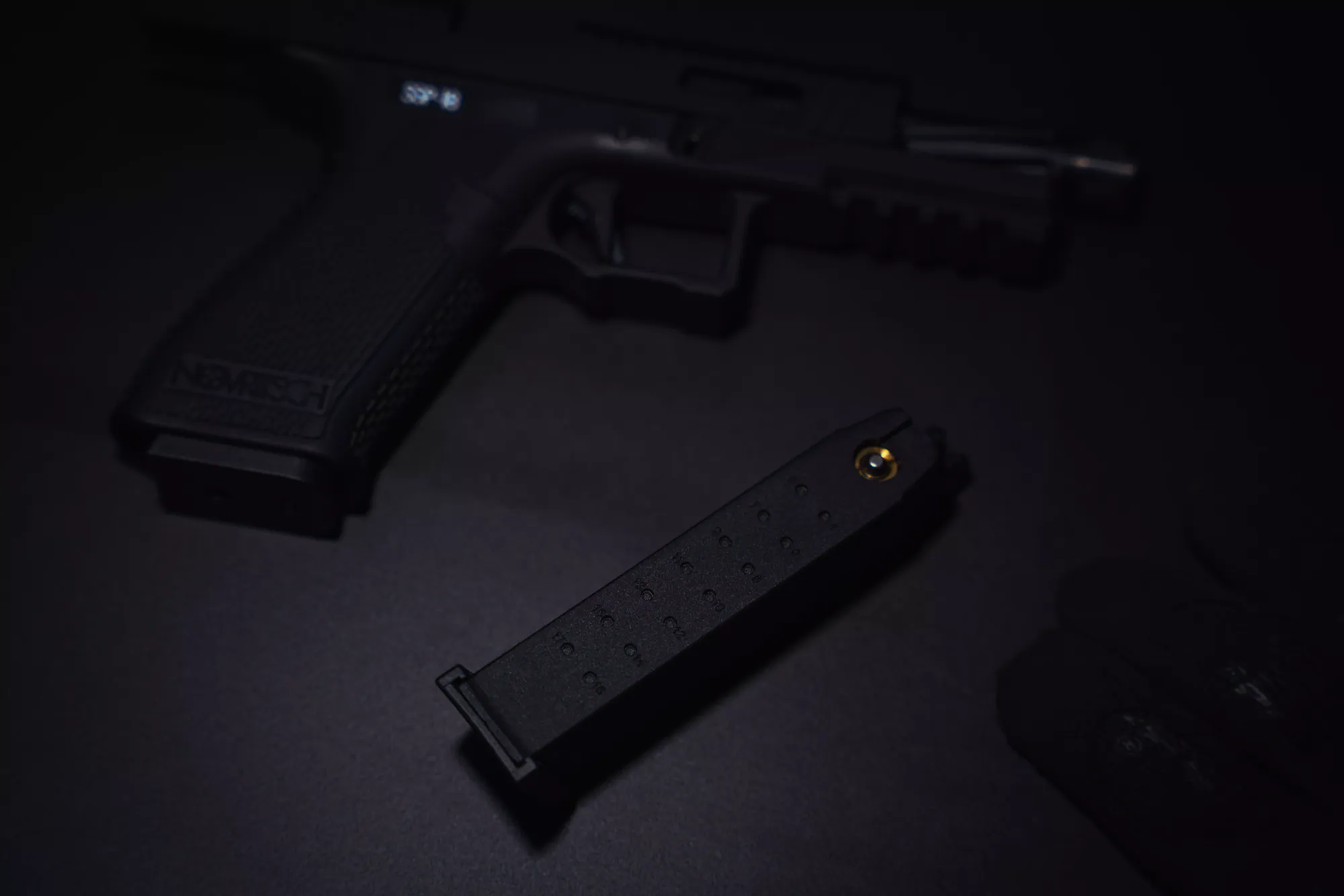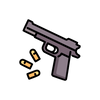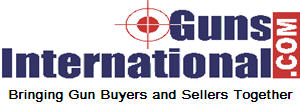A Concise Guide to a Proper Trigger Pull

Table of Contents:
Let's face it; trigger pulls are not as easy as it looks. When you're pulling the trigger, finger placement on the trigger, how much pressure you need to remove to fire the bullet, etc. If you want to know how to make your trigger pull more consistent and better, this blog is an excellent investment.
What is a trigger pull?
Trigger pull is the motion of the trigger, actuated by the index finger, that releases the mechanism from a cocked state to discharge the weapon. A proper trigger pull begins with having your fingertip outside of the trigger guard and in contact with the lower part of the actual trigger itself. The shooter's opposite hand then presses against or wraps around this hand to increase stabilization and control of recoil.
How to Fix Your Trigger Pull
Trigger pull describes how the trigger is squeezed from the shot, not just how much pressure is put on it. When you are reloading, allow your grip to travel freely with finger and thumb rings that stay open until close to the full extension of fingers. Expert shooters often index their shooting hand so their trigger finger can stay straight and apply pressure on top of off-hand at the same level. To fix a trigger pull, you can visit an experienced shooter who will take a few shots with you and give feedback on the issues.
To fix a trigger pull, an experienced shooter could come out to watch very closely as someone shoots and provide feedback on what they're doing wrong, or an individual try to see what the shooter's hand should be doing while firing.
There are other tips that we also have developed in this concise post.
Safety Tips For Trigger Pulls
The most important thing to remember with a trigger pull is to squeeze, not jerk or gradually increase pressure. Ensuring that your stance is comfortable can also help prevent a jerk in the trigger pull.
Jerk-pulls unnecessarily overtax the muscles involved.
Start by pressing the trigger steadily and effectively until you reach desired power level and then hold while maintaining accuracy. For rifles, before firing, it is essential to use the fingers of your firing hand (rather than the thumb) to press down on the bolt release mechanism, thus throwing back the bolt carrier group into position. This lets you reload your rifle quickly when needed. Some stances help take out some of the slack, making shooting less accurate in certain situations.
Training Trigger Pulls at the Range
Visiting a shooting range more often always benefits from the practice gained.
When it comes down to learning how to use a gun, everyone should obtain proper training initially before training triggers as adequate hand positioning and grip force are essential factors. After that, shooters should practice pressing the trigger to release rounds at a shooting range with moving targets. A type of primitive training helps build the shooter's confidence and develops muscle memory used in the shooting.
Conclusion
Overall, training will help identify any problems or underlying biases that you may have when pulling your trigger. Whether you are overcompensating through your index finger by pressing on the inside of your knuckle or barely pressing the tip, the key is to remember to keep the trigger pull on the pad of your index finger.



